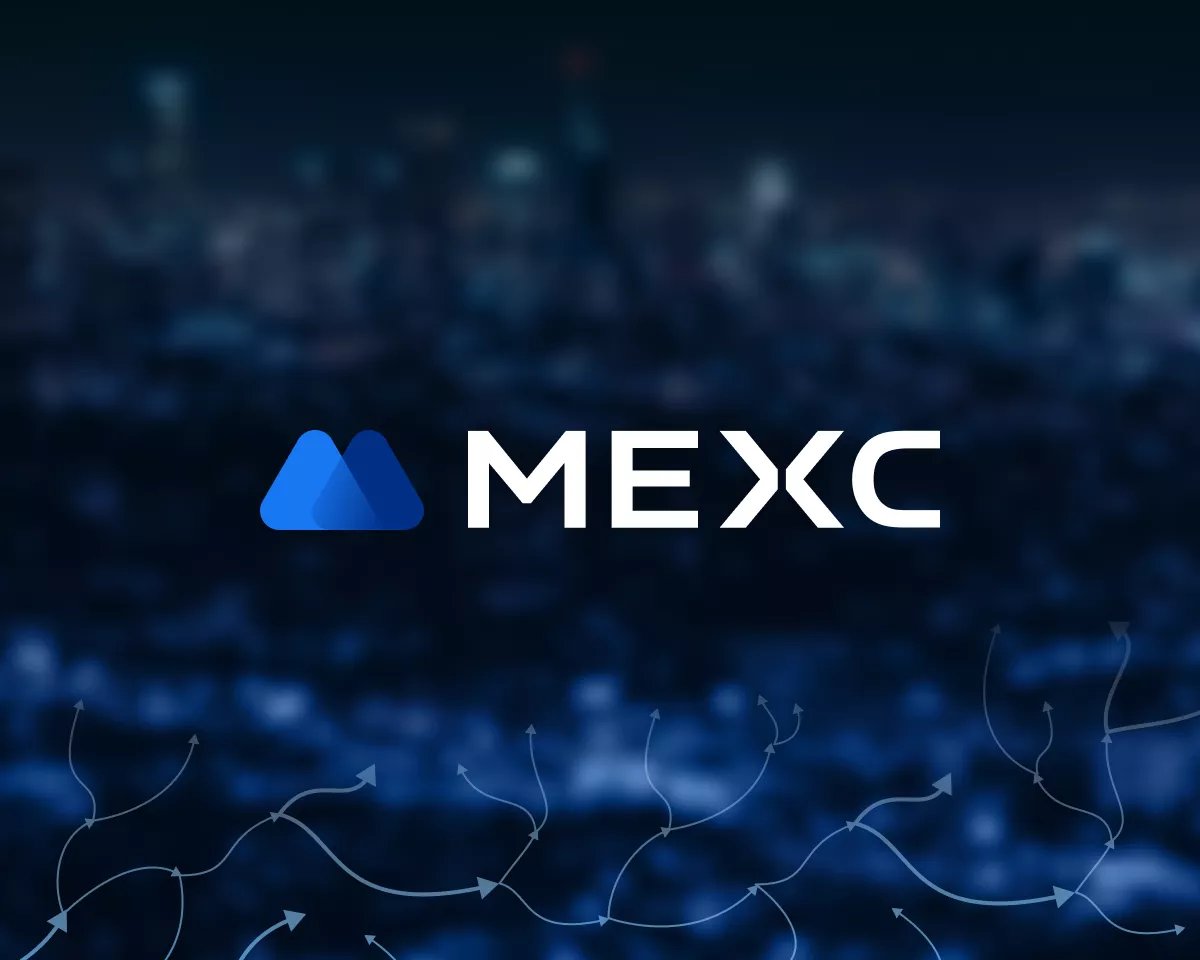
In Kyoto, which is regaining its bustle with inbound tourists, there is a movement to create next-generation business growth by utilizing non-fungible tokens (NFTs) based on the metaverse (virtual space) and blockchain. It's slowly spreading. On the other hand, there are also issues that impede the transition to a “token economy” or “Web3 economy,” and the idea of the ancient capital of Kyoto continues to wax and wane.
Ninna-ji Temple, known as a World Heritage Site and the setting for the highest of the eight major Shogi titles, “Ryuo Sen'', is a place where the cultural heritage it has accumulated since its founding in 888 has been converted into digital data. We were among the first to begin trying to create new derivative digital assets.
We scanned the entire space with a 3D camera and recreated the paintings and temples drawn on the sliding doors and folding screens in VR (virtual reality).We also conducted a crowdfunding campaign to cover the maintenance costs of the garden. We prepared NFTs as return gifts for participants.
New digital assets are emerging against the backdrop of Japan's demographic changes due to population decline and aging, as well as the country's chronically low growth economy. “If Ninna-ji Temple's over 1,100-year-old physical cultural heritage and digital assets are combined, it may be possible to create a cross-border business management model for the temple that will survive the next 50 to 100 years. ?'' said Yoshima Kanazaki, manager of the Ninnaji Temple Management and Property Division.
Ninna-ji Temple, founded in 888: Is it possible to create digital assets from cultural heritage?
In 2013, Mr. Kanazaki focused on the idea of creating VR by converting Ninnaji Temple's important cultural properties into digital data. He collaborated with the Ide Laboratory at Kyoto University Graduate School (at the time) to advance his research, and in 2018 he unveiled 3D content at the Tokyo National Museum.
Using the data technology and know-how that we have accumulated, it will be possible to walk around in a high-definition VR space on the screen of your smartphone or tablet, allowing you to experience a simulated garden inside Ninnaji Temple. In 2022, Naked, a company based in Shibuya, Tokyo, opened an art project in Kyoto. Among these, the Metaverse space at Ninnaji Temple was created for a limited time.
In January 2023, when the number of visitors to the temple and worship fees decreased due to the coronavirus pandemic, Ninnaji scrambled to raise the cost of maintaining the garden through crowdfunding. As part of the return gifts, in addition to the rental of a lodging inn and a goshuin book, for the first time we have prepared garden NFTs.
“As many blockchains, starting with Bitcoin, are being used globally, it is theoretically possible for virtual currencies like Ninnaji Coin to circulate within a specific metaverse. '' says Kanazaki.
However, “It will take time for a society to become one in which digital content based on cultural heritage is clearly given legal copyright and ownership rights.'' In order for this space to spread in Japan, society and local communities need to understand and accept it.
Until now, Ninna-ji Temple has archived some digital data of cultural heritage sites, but in a situation where the standards for evaluating digital data such as cultural properties as assets are ambiguous, we are developing a business that can utilize this data to monetize it. It has not reached the stage of development.
While serving as the 51st chief priest of a temple in Ehime Prefecture, Mr. Kanasaki works in the management department of Ninna-ji Temple and spends his time traveling back and forth between Kyoto and Ehime. Against the backdrop of a declining and aging population, there are reports of temples without chief priests and a decline in the number of temples. Many temples are using crowdfunding to raise funds for repairs and preservation.
Mr. Kanazaki says that at this stage, it is impossible to say for sure that temple management using digital technologies such as the Metaverse and NFT is the correct future. However, “In the next 10 to 20 years, there is a growing possibility that many temples will find themselves in an even more difficult business environment.As society as a whole is transitioning to a digital economy, temples are simply watching from the sidelines.'' Nothing will change.”
Why is an NFT study session being held at the Kyoto Prefectural Office?
Trial and error continues at the Kyoto Prefectural Office, which is promoting a smart city initiative, regarding the use of blockchain-based tokens such as NFTs.
The “Kyoto Smart Society Promotion Plan'' drawn up by Kyoto Prefecture includes the words “blockchain,'' “cryptoassets,'' “NFT,'' and “metaverse.'' In order for Kyoto, which is blessed with tourism resources, to strengthen its borderless digital economic activities in the future, it is first necessary for many businesses to understand how the token economy works, says Kyoto Prefecture and General Policy. Shingo Yoshioka is in charge of digital policy at the Ministry of the Environment.
“Token economy, where invisible value is tokenized and digital currency or stable coins are used for transactions, is one economic system that Kyoto and other local cities should consider. “If we can create an environment where Kyoto's goods and services can be bought and sold and where people can work, the government will actively support this new digital economy,” Yoshioka said.
On February 5th, the Kyoto Prefecture Tourism Federation held a seminar for tourism industry workers in the prefecture to understand services that utilize NFTs. At the course, which was held in the old-style prefectural government building and former parliament hall, participants got a hands-on experience of how NFTs (tokens) can be used to earn coupons that can be used at cafes, restaurants, etc.
Kyoto brand strategy for digital native tourists
The consumer psychology and behavior in which customers become attached to a particular brand's products and try to repeatedly purchase them is called “brand loyalty.” Researching new methods for targeting millennial consumers.
Starbucks and Nike are representative global companies that use NFTs to conduct social experiments that lead to brand loyalty. By creating and selling physical goods and services such as coffee, sneakers, and airline tickets, the distance between brands and customers is rapidly reduced by forming digital communities with customers centered around digital content.
“If we can make full use of NFT to strengthen brand loyalty among tourists in the near future, I think it will be possible to lead to a new way to secure profits in Kyoto's tourism industry as a whole.'' Mr. Yoshioka.
Mr. Yoshioka is one of the people who has been considering the usefulness of the Web3-like approach and researching how it can be introduced into the prefecture's smart city concept. Among these, one that Mr. Yoshioka focuses on is DAO (decentralized autonomous organization).
Towards the realization of “Kyoto Tourism DAO”
The Kyoto Prefectural Tourism Federation included a demonstration experiment of the “Kyoto Tourism DAO'' in its comprehensive tourism strategy revised last July. Business operators and tourists who do business in areas surrounding tourism resources become members of the DAO, and the community works together as one large project to increase overall revenue and value.
DAO is an acronym for Decentralized Autonomous Organization, which is based on blockchain and autonomously operated by members who own specific tokens. There are no specific owners or managers, and businesses, projects, and communities are operated based on incentives to work autonomously using tokens. A typical example is the Bitcoin (BTC) blockchain network, which continues to operate based on the blueprint drawn by Satoshi Nakamoto.
Against the backdrop of the global expansion of DAOs, the Liberal Democratic Party has also begun considering the creation of legal rules for DAOs. At present, there are no clear rules for establishing a DAO in Japan. On the other hand, expectations are being placed on the organization and community management method known as DAO in solving the major social issue facing Japan, which is the revitalization of local economies.
Yoshioka says, “By establishing DAO laws, it will be possible to manage assets.'' “If we can create a system that works first in Kyoto using DAOs, stablecoins, NFTs, Metaverse, and other technologies that function while connecting the Internet and the real world, it will spread to other cities in Japan and spread to multiple cities. I think it will become possible for multiple DAOs to collaborate with each other. If a tourism strategy relies only on increasing the flow of people, tourist cities across Japan will continue to be left with a limited share of the pie.”
Yuzu Minase moves to Kyoto and spends 5,000 hours in the Metaverse
“The Metaverse, where many people come to share their true feelings and seek connections between people, is a good match for DAO, which is supported by the motivation of everyone to grow the community.'' Yuzu Minase (avatar name/real name is Kenichi Okamura) is a leading Metaverse researcher and entrepreneur who spends her time in the Metaverse space.
Mr. Minase, who studies technology management at Ritsumeikan University's graduate school, moved to Kyoto in order to start a “Metaverse Share House'' where people can live together in real life with friends he met in the Metaverse while he was a student. He is working on many projects to implement the Metaverse in society, such as starting a program to support students who are not attending school in the Metaverse space.
According to Minase, people interact through avatars in the Metaverse, and most participants use avatars that have a relatively “cute” appearance, regardless of gender. Many individuals feel reluctant to reveal their true feelings in the real world, but in the Metaverse, by using unrealistic avatars as a filter, it becomes easier to achieve close relationships with others.
“The current Web2 is the age of SNS (social networking services).The spread of information has increased rapidly, but it is difficult to build close connections between individuals, and many individuals feel lonely.''Minase said. Mr. “Unexpected comments on social media become a hot topic, and sometimes even get deleted from society.''I'm tired of Web2, where the number of impressions (the number of times a tweet appears on other users' timelines) is valued above all else, and I want to get even wetter. More and more individuals are looking for relationships. It's not like we're going back from Reiwa to Showa, but it seems like a natural move from Web 1 and Web 2 to Web 3.”
Mr. Minase says that if the Metaverse were to be operated by a DAO, there would be an increased possibility that economic activities that would be traded in units of value such as blockchain-based tokens and NFTs would occur in that Metaverse space.
When we cover the businesses, shrines and temples, inns, restaurants, and government that support Kyoto, we get a sense of the spirit of hospitality that is built on over 1,000 years of history and culture. On the other hand, in developed and capitalist countries where laws related to money, assets, and rights have been developed, there are a considerable number of people, regardless of generation, who are hesitant about technology that shakes their foundations. I met a stalwart Kyoto native who plans to use it to attract the next generation of digital visitors.
|Interview and text: Shigeru Sato
|Top image: View from Kodaiji Temple in Higashiyama Ward, Kyoto City (author)
The post Kyoto's Web3 economy concept is slowly moving forward: World heritage sites and prefectural government offices are trialing and error using Metaverse and NFT[close coverage] appeared first on Our Bitcoin News.

 1 year ago
132
1 year ago
132
![Will Stellar [XLM] drop to $0.378 after bearish breakdown?](https://ambcrypto.com/wp-content/uploads/2025/08/Evans-2025-08-18T135547.070-min.png)













 English (US) ·
English (US) ·